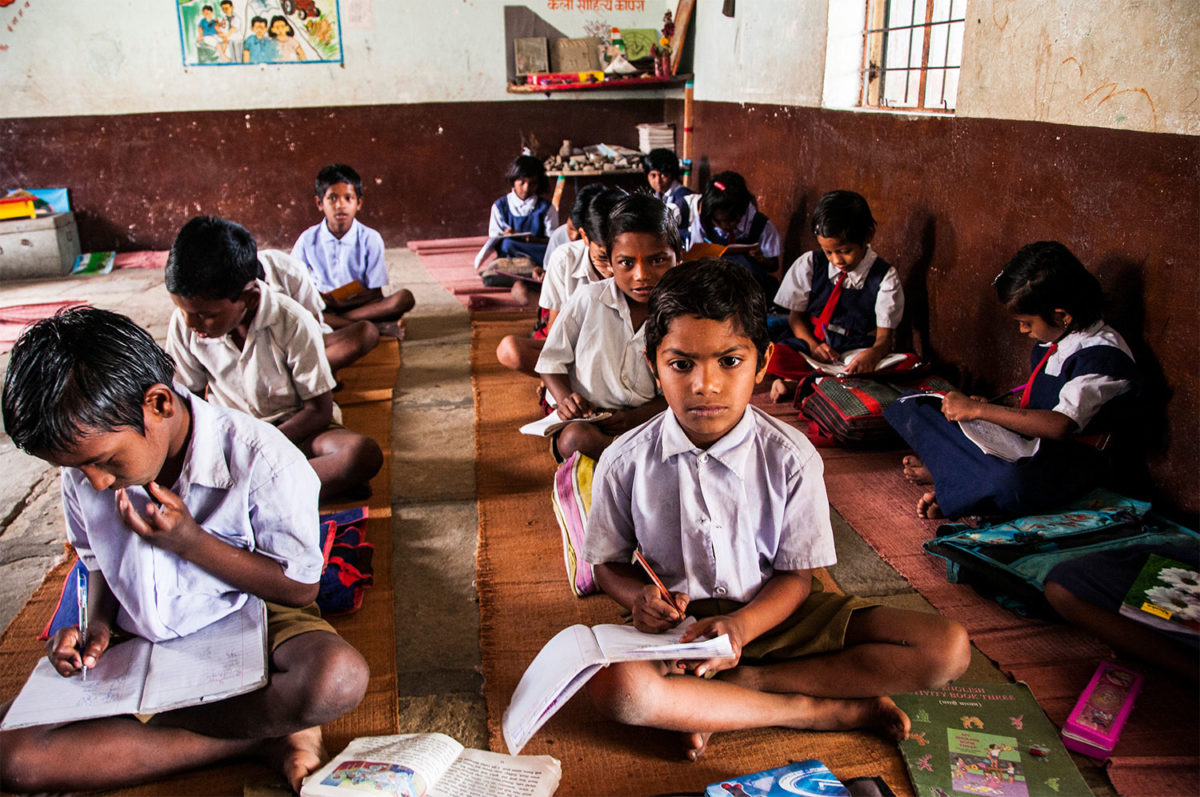

 Chief Minister of Madhya Pradesh Shivraj Singh Chouhan planting trees with our volunteers of team Bhopal...
Chief Minister of Madhya Pradesh Shivraj Singh Chouhan planting trees with our volunteers of team Bhopal...
"Vriksha Sanvardhanen Vishwa”, a Sanskrit phrase which means World is protected and nurtured by the Trees”
Tree plantation is a vital initiative to combat deforestation and climate change. It involves planting trees in areas where forests have been cleared, urban areas, and on farmland. Trees play a crucial role in maintaining the balance of the ecosystem by absorbing carbon dioxide and releasing oxygen, conserving soil and water, providing habitat for wildlife, and regulating the local climate.
Here are more details on tree plantation:
Importance of Trees: Trees are essential to life on Earth as they provide numerous ecosystem services, including producing oxygen, cleaning the air, and reducing greenhouse gas emissions. Trees also play a critical role in maintaining the water cycle, preventing soil erosion, and providing habitat for wildlife.
-
Types of Trees to Plant: When planting trees, it is important to choose species that are native to the area and well-suited to the local climate and soil conditions. Some popular species for plantation include bamboo, eucalyptus, pine, mango, and neem. These species have different growth patterns, provide different benefits, and have different requirements for care and maintenance.
-
Where to Plant: Trees can be planted in urban areas, on farmland, and in forests. In urban areas, trees can be planted along streets, in parks, and in public spaces. On farmland, trees can be used to create windbreaks, provide shade for livestock, and reduce soil erosion. In forests, reforestation is the most common type of tree plantation.
-
How to Plant: Planting trees is a straightforward process, but there are a few key steps that should be followed to ensure success. Firstly, the planting site should be cleared of any debris and weeds. Secondly, a hole should be dug that is deep enough to accommodate the root ball and to mix organic matter with the soil. Thirdly, the tree should be placed in the hole and watered thoroughly. Finally, the tree should be mulched to conserve moisture and suppress weeds.
-
Maintenance: Once planted, trees need regular care to ensure their survival and growth. This includes watering, pruning, fertilizing, and protecting from pests and diseases. Trees should be regularly watered during the first few years of growth, and pruning should be carried out to promote healthy growth and prevent damage from wind and pests.
-
Benefits: Tree plantation has numerous benefits, including improving air and water quality, reducing soil erosion, increasing biodiversity, and providing a source of livelihood for communities. Additionally, tree plantation can help to mitigate the effects of climate change by absorbing carbon dioxide and producing oxygen.
-
Community Involvement: Tree plantation initiatives can involve the local community, providing them with an opportunity to participate in conservation efforts and benefit from the benefits of trees. Community involvement can also help to ensure the sustainability of tree plantation projects, as local people are more likely to take care of the trees they have planted.
In conclusion, tree plantation is a critical step in the fight against deforestation and climate change. By planting trees, we can ensure a sustainable future for ourselves and future generations. Whether in urban areas, on farmland, or in forests, tree plantation provides numerous benefits and has the potential to make a real difference in the fight against climate change.









